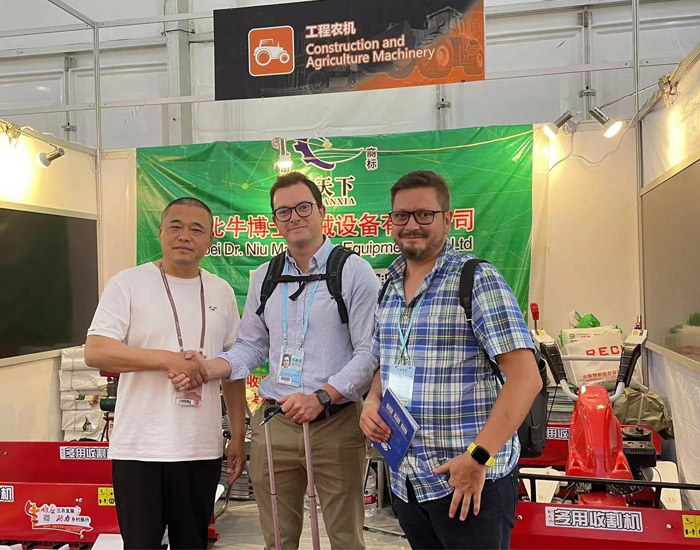Innovative Solutions for Efficient Wheat Harvesting Techniques and Technologies
The Evolution and Importance of Wheat Harvesters
Wheat is one of the most important staple crops in the world, providing food for millions and serving as a key ingredient in many products. As global population growth continues, the demand for wheat rises, making efficient harvesting methods paramount. The evolution of wheat harvesters has played a significant role in agricultural production, transforming the way farmers cultivate and harvest wheat.
Historically, wheat harvesting was a labor-intensive process. Early farmers relied on simple tools like sickles and scythes to manually cut the stalks of wheat. This method was not only time-consuming but also required a large workforce. As populations grew and agricultural practices evolved, there was a pressing need for more efficient harvesting techniques.
The late 19th century marked a turning point in wheat harvesting with the invention of the mechanical reaper. This innovation allowed farmers to cut and collect wheat much more quickly than manual methods. By the early 20th century, the first combine harvester was developed, merging the processes of cutting, threshing, and separating grain from chaff into a single machine. This revolutionary equipment significantly reduced the amount of time and labor required for wheat harvesting, enabling farmers to cultivate larger areas of land.
Modern wheat harvesters have come a long way since the early mechanical reapers
. Today's harvesters are technologically advanced machines equipped with powerful engines, sophisticated cutting mechanisms, and automated systems that enhance efficiency. These machines can harvest wheat with precision, minimizing grain loss while maximizing output. The integration of GPS and precision agriculture technologies allows farmers to monitor their fields, optimizing performance by identifying variations in crop density and moisture levels.wheat harvester

The impact of these advancements is profound. In countries with developed agricultural sectors, such as the United States, Canada, and Australia, the use of modern harvesters has led to significant increases in yield per acre. Farmers can now harvest thousands of acres of wheat in a fraction of the time it used to take, which is crucial during the limited harvest season. This efficiency not only aids in meeting global food demands but also reduces the environmental impact of farming by decreasing the number of hours machines are in the field, lowering fuel consumption, and minimizing soil disturbance.
Despite their advantages, the adoption of modern wheat harvesters is not without challenges. The initial investment in these machines can be substantial, making it difficult for smallholder farmers in developing regions to access this technology. However, the availability of financing options and cooperative ownership models can help bridge this gap, enabling more farmers to benefit from modern harvesting techniques.
Moreover, the ongoing development of more sustainable harvesting practices is essential to address the challenges posed by climate change and resource depletion. Innovations such as hybrid harvesters that combine multiple functions and technologies aimed at reducing fuel consumption are being researched and implemented. These advancements not only enhance productivity but also contribute to the sustainability of wheat farming.
In conclusion, wheat harvesters have transformed the agricultural landscape, making the process of harvesting much more efficient and productive. As technology continues to advance, the future of wheat harvesting looks promising, with innovations aimed at increasing sustainability and accessibility. Ensuring that all farmers, regardless of their size, can utilize these technologies will be crucial in meeting the growing global demand for wheat while promoting environmental stewardship. The evolution of wheat harvesters exemplifies how technology can create significant changes in agriculture, ultimately benefiting society as a whole.
Latest news
-
When to Upgrade Your Old Forage HarvesterNewsJun.05,2025
-
One Forage Harvester for All Your NeedsNewsJun.05,2025
-
Mastering the Grass Reaper MachineNewsJun.05,2025
-
How Small Farms Make Full Use of Wheat ReaperNewsJun.05,2025
-
Harvesting Wheat the Easy Way: Use a Mini Tractor ReaperNewsJun.05,2025
-
Growing Demand for the Mini Tractor Reaper in AsiaNewsJun.05,2025
